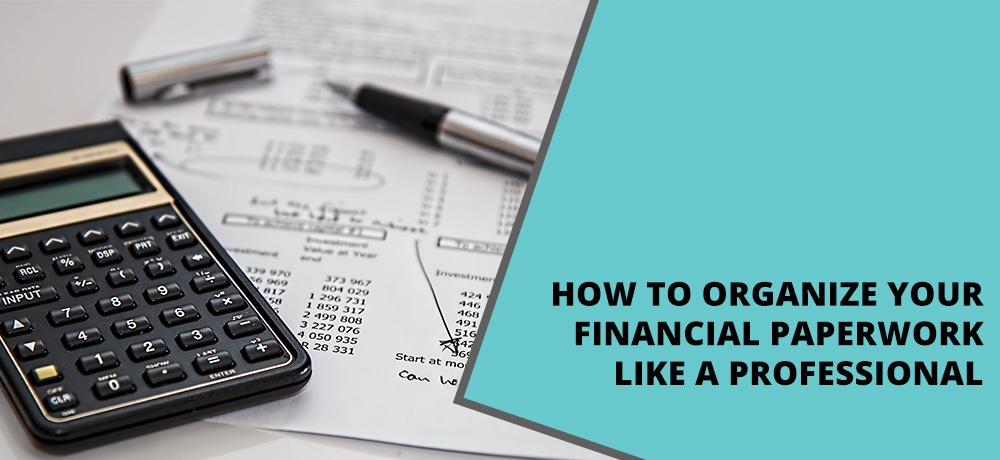How To Organize Your Financial Paperwork Like A Professional

Financial statements and documents are essential for businesses to maintain their accounts and accurately file their taxes. However, handling this paperwork can be challenging if you don’t know how to or for how long you need to maintain it. If you don’t organize your financial paperwork correctly, you could set off several problems for yourself.
To help you prevent this from happening, Infinite Accounting Solutions has listed some simple guidelines to show you how to organize your financial paperwork like a professional. Keep reading to see what they are.
1. Organize your credit and bank statements
Arrange your credit card and bank statements together by the company and in chronological order. For instance, if you have a Visa, Mastercard, and bank account statement, you would separate these by the vendor and then by chronological order.
2. Organize your receipts
Separate your receipts using payment methods and dates as your categories. Take the same example from the previous point. You could separate your receipts by Visa, Mastercard, and bank account, resulting in three piles of receipts. Then you would further separate each collection in chronological order.
3. Confirm the receipts you have
The previous step of sorting your receipts in chronological order greatly assists in this step by reducing the amount of time spent sorting through the receipts. Once you find the receipt listed on each statement, check off the transaction on the statement, so you know that you have a hardcopy of the receipt.
4. File the receipts
There are a variety of ways in which you can do this, but the one you choose will depend on your preference. One method is to file the receipts by the vendor, in an “accounts payable” section of your filing. This is easier for locating transactions if you know who the vendor is, but are unsure of the transaction date. Another method is to file the receipts by the “payment method” used. This is ideal if you know the transaction date or payment method and need more information on what the actual transaction was. Both are common filing methods.
5. Create file folders according to your fiscal year
Every year, you will want to create new file folders to align with your fiscal year-end and box these files up when your year-end is complete. Depending on which method you chose in the step above will determine which folders need to be created. In method one, you will create folders for each vendor (or a generic A-Z folder depending on the size of your payables). In method two, you will create folders for each of your accounts, so Visa, Mastercard, and bank account would each have a folder.
6. Create a new folder for the year
Once your year-end is complete, box these files and create new folders for the new year. Your accountant may wish to review the hard copies of your files when performing their year-end review. Also, the Canada Revenue Agency requires you to keep these files for a minimum of seven business years.
For more tips on how to organize your financial paperwork, reach out to Infinite Accounting Solutions. We are a renowned bookkeeping firm located in Langley, British Columbia, and we do our best to reduce your paperwork burden. We are experienced bookkeepers with a variety of bookkeeping packages to fit your requirements. We ensure your books are kept up to date and organized using industry-standard bookkeeping practices, allowing you to focus on growing your business.
To learn more about our services, please click here or get in touch with us by clicking here.